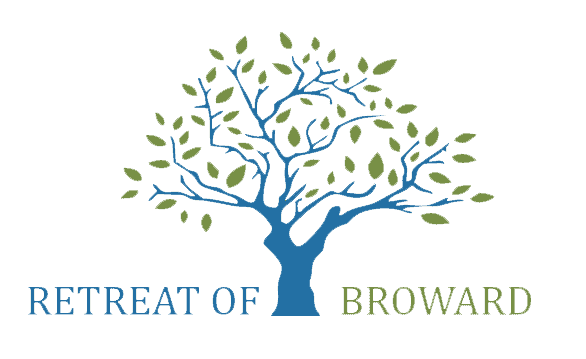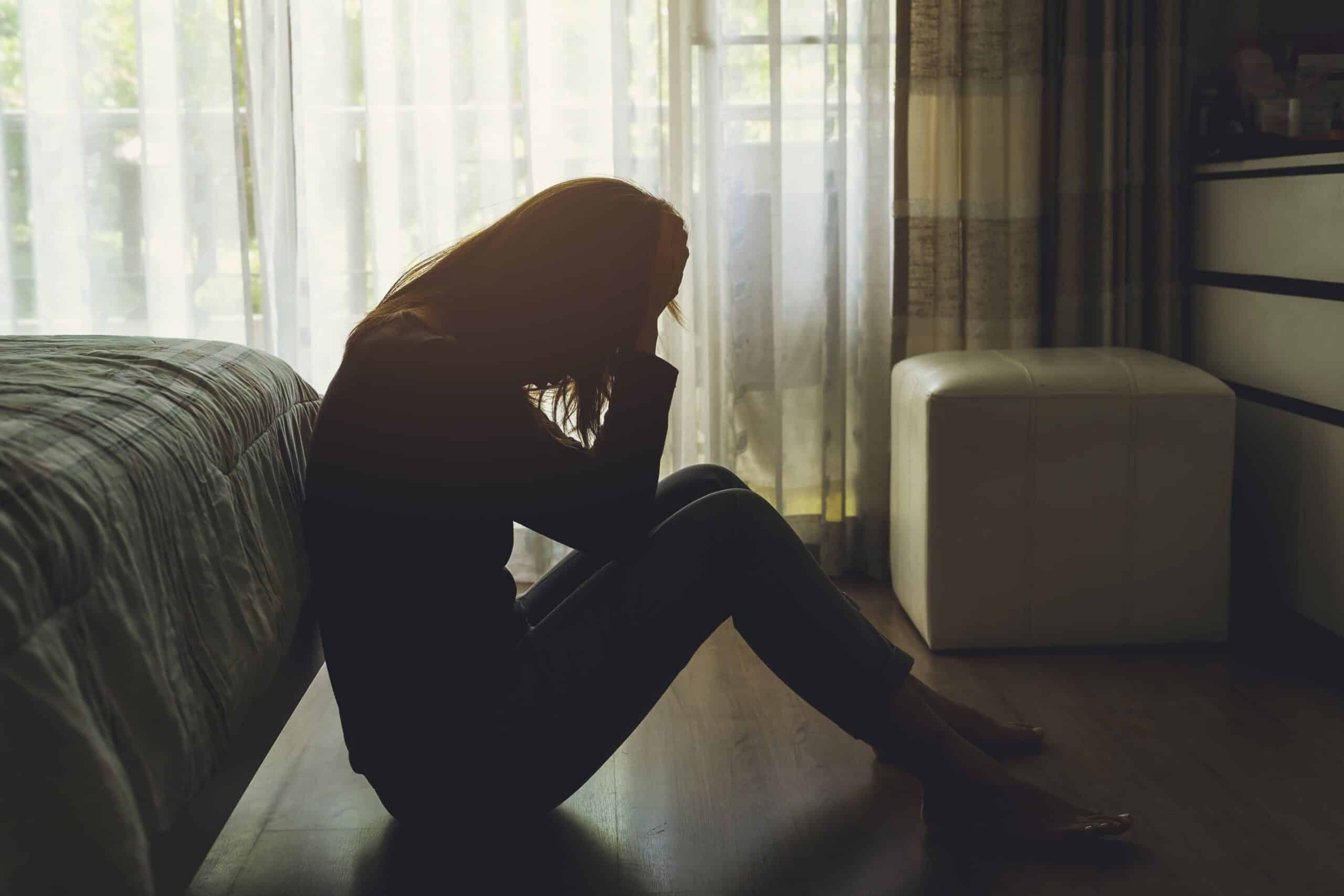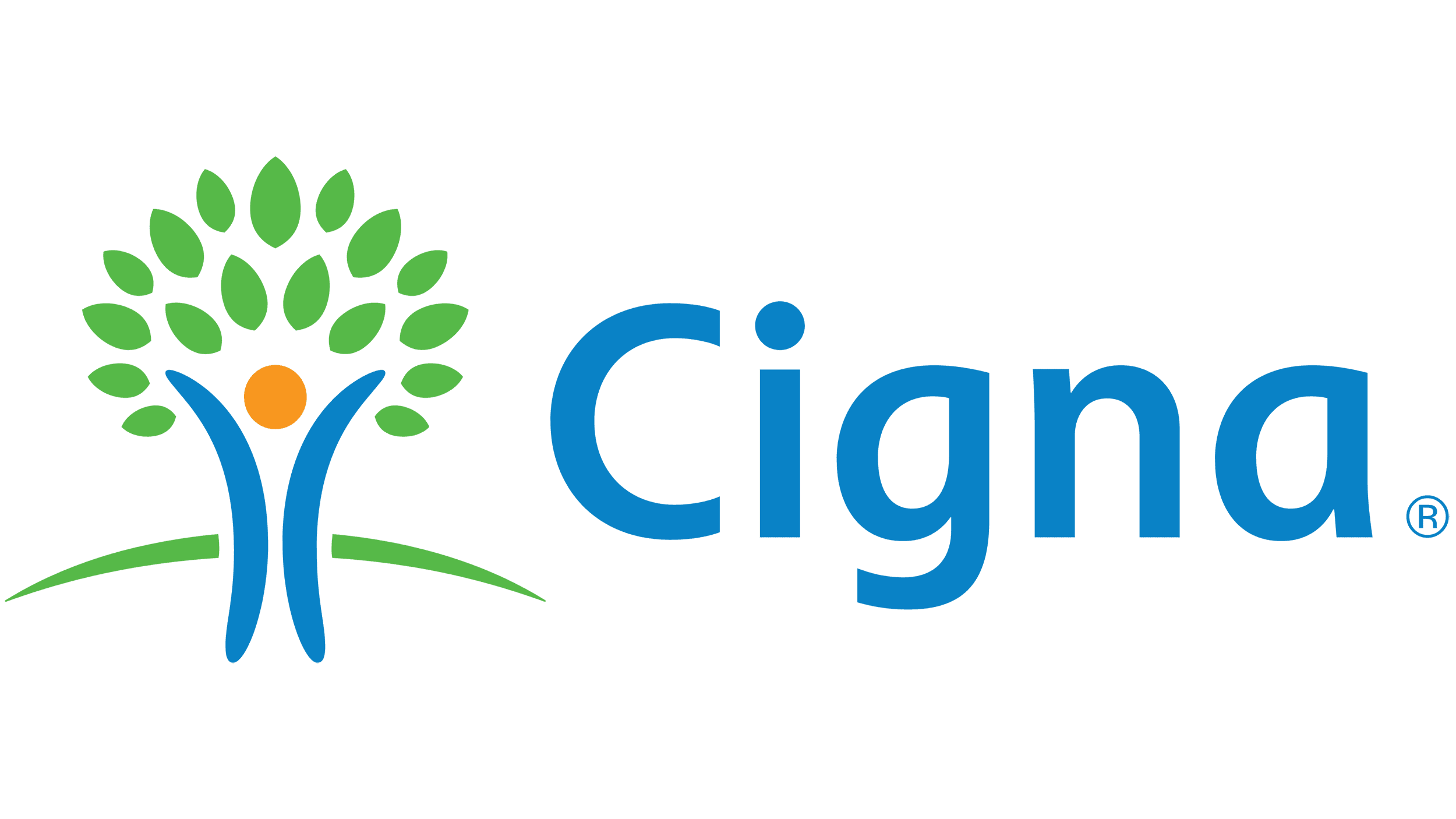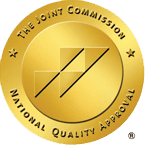Anxiety is a common emotional response that individuals may experience in various situations. It can range from mild uneasiness to intense, overwhelming feelings of fear and dread. Understanding the different levels of anxiety is crucial in identifying and addressing symptoms effectively and managing anxiety and co-occurring disorders more successfully.
Defining Anxiety
Anxiety is a complex and multifaceted emotional state characterized by feelings of worry, fear, and apprehension. It is a natural response to stress or perceived threats and can manifest in various physical, cognitive, and behavioral symptoms.
While occasional anxiety is normal and even helpful in certain situations, excessive or chronic anxiety can significantly impact an individual’s well-being and daily functioning. Understanding the nature of anxiety is crucial in recognizing its signs, seeking appropriate support or treatment, and ultimately regaining control over one’s mental health.
Type 1: Mild Anxiety
Mild anxiety is the mildest level of anxiety on the spectrum. It often manifests as uneasiness or restlessness and can be triggered by everyday stressors such as upcoming deadlines or social events. While mildly anxious individuals may feel a sense of discomfort or worry, their ability to function and carry out daily activities remains relatively unaffected.
Symptoms may include mild tension, irritability, difficulty concentrating, and mild physical symptoms like butterflies in the stomach. With proper coping strategies and self-care techniques, individuals experiencing mild anxiety can typically manage their symptoms and maintain a reasonable level of functioning.
Type 2: Moderate Anxiety
Moderate anxiety is the next level of anxiety on the spectrum. It represents a heightened state of worry and fear that can interfere with an individual’s daily activities and overall well-being. Unlike mild anxiety, moderate anxiety may greatly impact a person’s ability to concentrate, make decisions, or perform tasks efficiently. Physical symptoms like increased heart rate, sweating, muscle tension, and digestive issues might become more pronounced.
Those experiencing moderate anxiety may be preoccupied with negative thoughts and concerns about various aspects of their life, such as work, school performance, or personal relationships. They may also start adopting avoidance behaviors to prevent situations that trigger their anxieties.
Managing moderate anxiety often requires additional support, such as therapy or counseling sessions, to develop coping mechanisms and strategies for challenging anxious thoughts. Additionally, self-care practices, including exercise, mindfulness techniques, and stress management, can be beneficial in reducing its impact on daily functioning.
Type 3: Severe Anxiety
Severe anxiety is the highest level of anxiety on the spectrum and represents an intense, overwhelming psychological state. Individuals experiencing severe anxiety may find managing their daily activities and maintaining a functional life extremely challenging.
The symptoms of severe anxiety can be debilitating, interfering with daily routines, personal relationships, and overall quality of life. At this level, individuals may experience frequent panic attacks and have difficulty controlling their fear and worry. Physical symptoms such as chest pain, shortness of breath, dizziness, trembling, or even fainting episodes are common.
Severe anxiety often leads to a heightened sense of impending doom or loss of control that affects not only one’s mental health but also physical well-being. Seeking professional help is crucial for those struggling with severe anxiety. Treatment options include therapy, medications, support groups, stress management techniques, and other evidence-based and holistic interventions based on individual needs.
Panic Attacks
Panic attacks are intense episodes of fear and apprehension that can occur suddenly, without warning. While panic attacks are a symptom rather than a separate level of anxiety, they often accompany severe anxiety or panic disorder. During a panic attack, individuals may experience overwhelming physical sensations such as rapid heartbeat, shortness of breath, chest pain, trembling or shaking, sweating, dizziness, and a feeling of impending doom.
Panic attacks are typically brief but can be highly distressing for those experiencing them. They can be triggered by specific situations or seemingly arise out of nowhere. Panic attacks can significantly impact an individual’s daily life as the fear of another attack may lead to avoidance behaviors and activity restrictions.
Effects of Anxiety
Anxiety can greatly affect an individual’s physical, mental, and emotional well-being. The impacts vary depending on its severity and duration, but it can significantly disrupt a person’s daily life with the following effects:
- Increased heart rate, sweating, trembling or shaking, muscle tension or aches, headaches, fatigue, difficulty sleeping or insomnia, digestive problems (such as stomachaches or diarrhea), and shortness of breath.
- Restlessness, irritability, persistent worry or fear about everyday situations, poor concentration, and difficulties making decisions.
- Feeling trapped in negative thought patterns contributes to ongoing unease and distress.
- Engaging in catastrophic thinking and anticipating the worst possible outcomes or constantly seeking reassurance from others.
- Straining personal relationships since anxious individuals often struggle with social interactions or may withdraw from social situations altogether.
- Affecting job performance and career advancement due to decreased concentration levels, difficulty completing tasks efficiently, and increased absenteeism.
- Significantly diminishing an individual’s overall quality of life by limiting their ability to engage in activities they enjoy or pursue personal goals and aspirations.
- Feeling trapped or restricted in their own lives.
Anxiety and PTSD
Anxiety and Post-Traumatic Stress Disorder (PTSD) are closely intertwined, with PTSD being a specific form of anxiety disorder that develops after witnessing or experiencing or a traumatic event. While anxiety disorders involve excessive worry or fear in general, individuals with PTSD experience intense anxiety specifically related to their trauma.
Both anxiety disorders and PTSD share common symptoms such as persistent feelings of fear or apprehension, difficulty concentrating, irritability, sleep disturbances, and physical symptoms like increased heart rate or sweating. However, the key distinction is that PTSD occurs as a result of exposure to a traumatic event.
Individuals with PTSD often re-experience the trauma through intrusive memories, nightmares, flashbacks, or distressing triggers. They may actively avoid reminders of the traumatic event and show emotional numbing. Hyperarousal symptoms like hypervigilance or exaggerated startle response are also common in those with PTSD.
Therapy
Therapy is a common and effective approach for addressing anxiety and related mental health conditions. It provides individuals with a supportive and confidential space to explore their thoughts, feelings, and experiences while working collaboratively with a trained therapist or counselor.
Cognitive-behavioral therapy (CBT) is one of the most widely used therapeutic approaches for anxiety. Exposure therapy is another technique often used in treating phobias or PTSD. Other forms of therapy, such as acceptance and commitment therapy (ACT), dialectical behavior therapy (DBT), and mindfulness, may also be utilized based on individual needs.
Medications may sometimes be prescribed alongside therapy to manage symptoms effectively. Ultimately, therapy provides individuals with valuable tools for managing their anxiety, developing healthier coping mechanisms, and improving overall well-being.
Reclaim Your Life from Anxiety in Pompano Beach, FL
At Retreat of Broward in Pompano Beach, FL, we provide compassionate care for individuals battling anxiety disorders at our DCF and Joint Commission-accredited facility. Our serene location in beautiful Pompano Beach offers a calming atmosphere conducive to healing and growth. Take the first step towards reclaiming your life from anxiety by contacting us today.
















